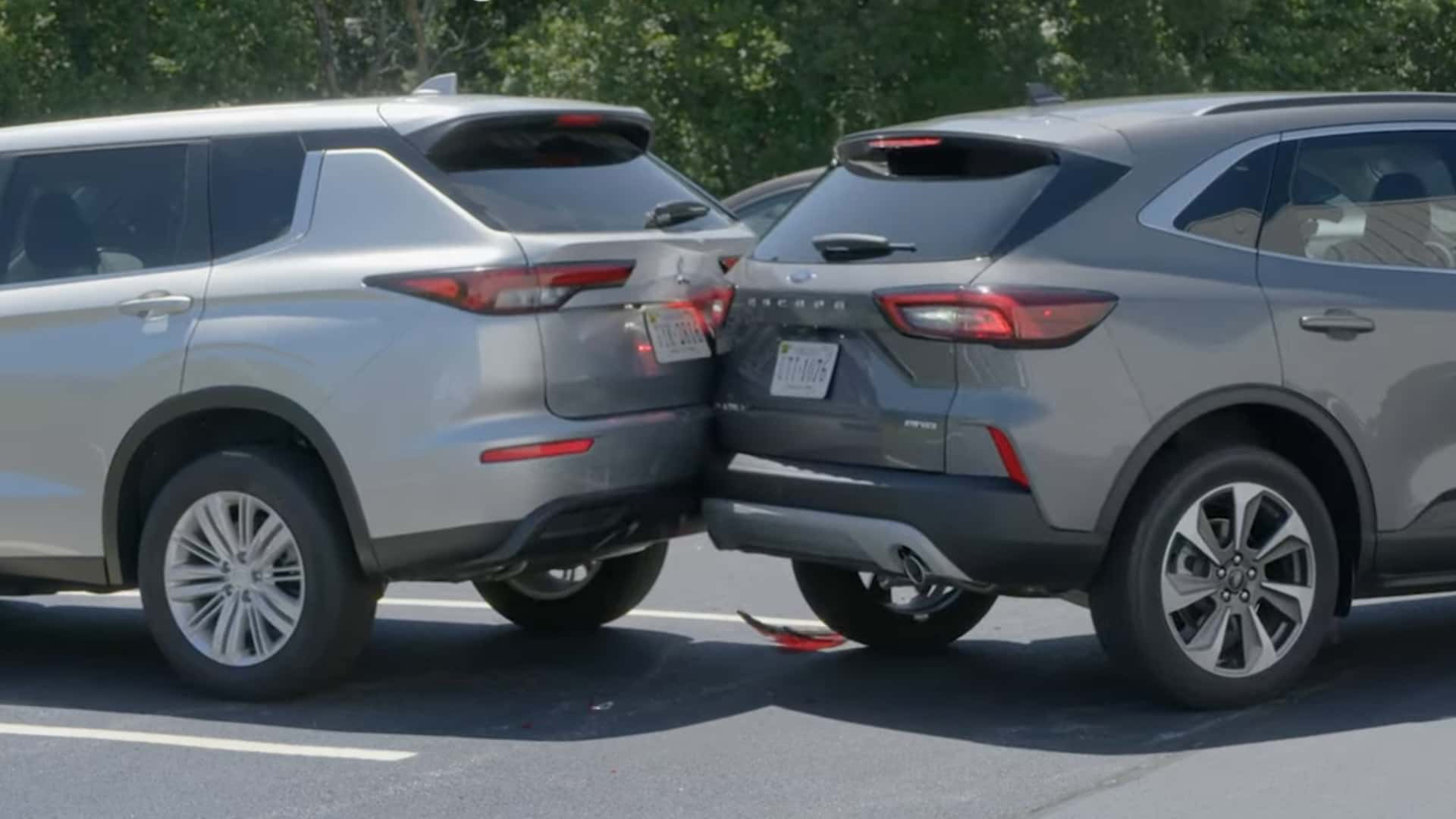Technology is revolutionizing vehicle safety by enabling cars to detect vehicles, objects, and people outside the driver’s view and to intervene if a collision seems imminent. Many of these features are now standard on various models, but others, such as rear automatic emergency braking (AEB), remain optional. According to Insurance Institute for Highway Safety (IIHS) President David Harkey, this is unfortunate because research shows that driver-intervening technology is “more effective in preventing crashes than other types of solutions.”
In a recent IIHS evaluation of rear crash prevention, eight small SUVs were tested. Seven performed well: the Ford Escape, Honda CR-V, Mitsubishi Outlander, and Subaru Forester received the highest rating of "superior." The Mazda CX-5, Toyota RAV4, and Volkswagen Taos earned "advanced" ratings, while the Hyundai Tucson received the lowest rating of "basic."
These systems aim to prevent common and costly accidents. However, only the Outlander had rear AEB as a standard feature, while it was optional on the others. This reflects the broader market trend, where only 23 percent of new 2023 models offered rear AEB as standard, and 32 percent offered it as an option.
Data from the IIHS-affiliated Highway Loss Data Institute indicates that vehicles with rear AEB saw a 29 percent reduction in claims for damage to other vehicles and a 9 percent drop in claims for damage to policyholder vehicles. Nearly 30 percent of collision claims in 2022 were for rear-impact crashes, costing over $4,000 on average to repair. The cost of adding rear AEB is relatively low, at around $600 depending on the model.
While rear AEB systems can reduce accidents and lower insurance costs, they are not foolproof. Most of today’s rear AEB systems use ultrasonic sensors that are not designed to detect pedestrians, making it risky to rely solely on this technology when reversing.
One IIHS study found that a combination of rear cameras, parking sensors, and rear AEB reduced reported crashes while backing up by 78 percent. This raises the question: should automakers make rear AEB a standard feature?

